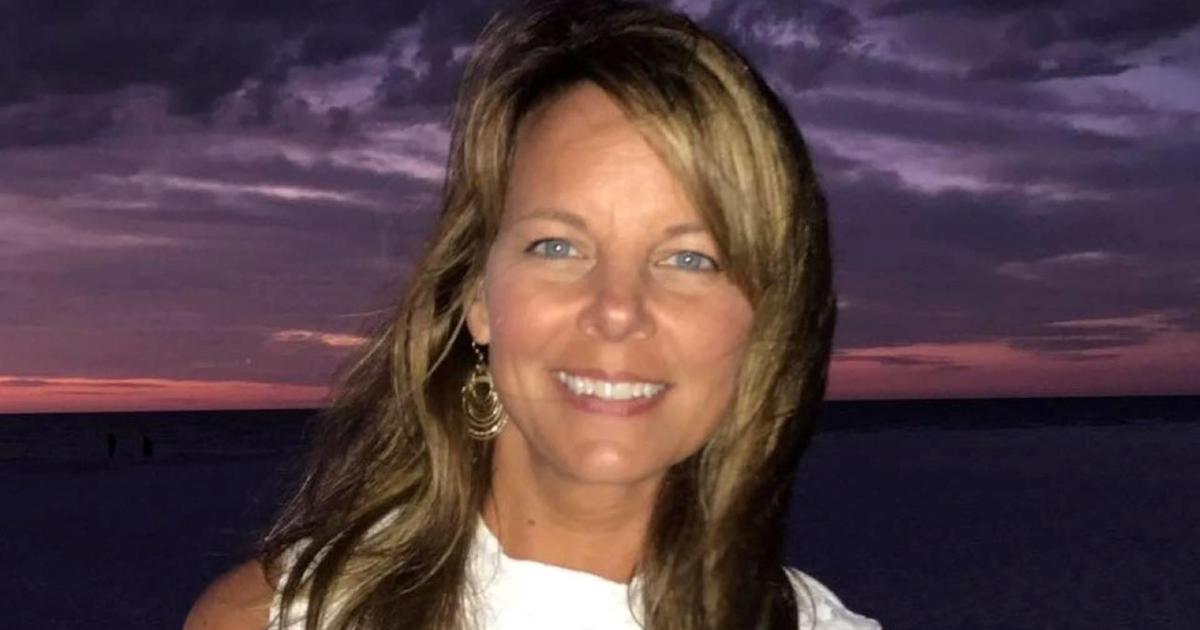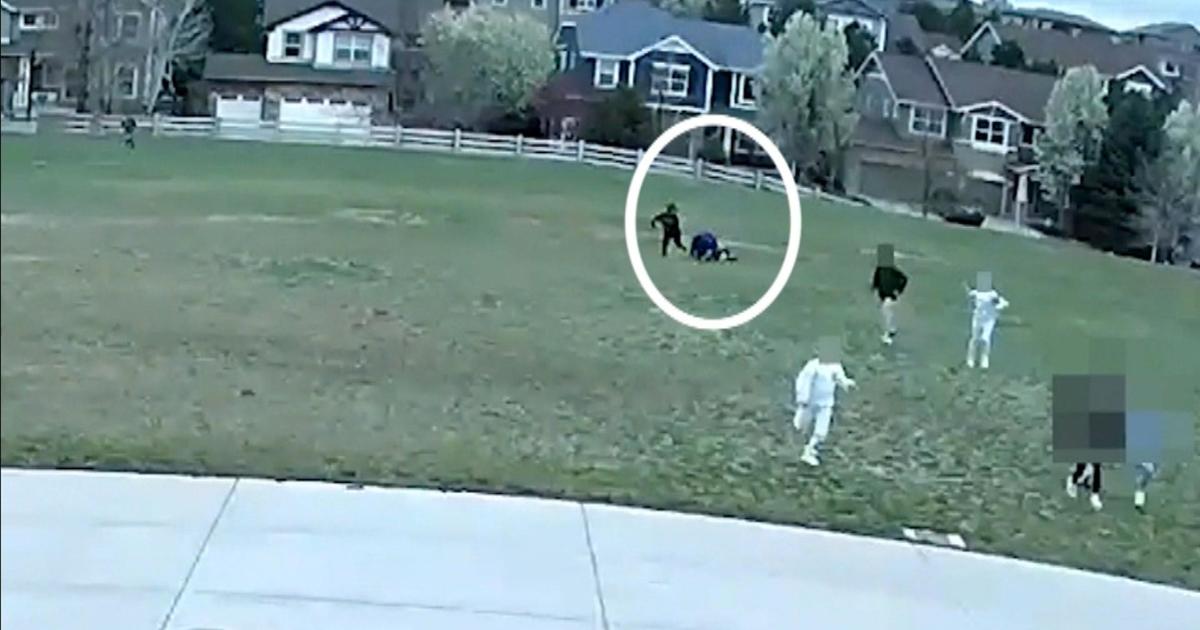Denver Expert Reacts To Rapid DNA Testing Possibility On Bin Laden

DENVER (CBS4)- It was a little bit jaw dropping to hear two men talk about a conspiracy about the bin Laden remains.
"How do you get a DNA test back in 24 hours? It usually takes a little bit of time. I think it's fabricated."
He told me he thought the SEALS took bin Laden alive and were questioning him. There are all kinds of theories out there. Even some experts admit at first look, having a DNA match so soon after the raid seems unlikely.
"To me at least its scientifically inconceivable that using standard technology in a deployable laboratory that they could have gotten a DNA result by the time the President announced bin Laden's death," said Dr. Phillip Danielson, professor of molecular biology at The University of Denver.
There are two parts of that statement that contain important operative phrases. One is, "standard technology." In Danielson's lab at D.U., the genetic analyzers that do the heavy lifting in DNA matching are a matter of, well, heavy lifting. They contain lasers, which means if the machines are moved, can get knocked out of alignment.
The other part of Danielson's first quote above that contains a critical element, is about what the President knew and when he knew it. President Obama made the announcement at 9:35 Mountain Time Sunday night.
"The United States has conducted an operation that killed Osama Bin Laden, the leader of Al Qaida."
That was only about three hours after U.S. forces were likely back in Afghanistan where they could have taken samples of bin Laden's blood to a lab for testing. But the President didn't mention DNA testing. Not then. It wasn't until the next morning when word of the use of DNA to verify bin Laden's identity came out.
"Now we can say with 99.9 per cent confidence that this was bin Laden," said deputy national security advisor John Brennan Monday morning.
Now we have time. Enough time for DNA testing to be completed at a lab set up in Afghanistan. DNA analysis comes in a series of steps. Extraction takes about an hour at a minimum said Danielson. That's assuming there's already a good reference sample.
In the case of blood from the body of bin Laden, there's little discovery to do that often slows down the DNA process in criminal cases as experts isolate samples.
"The next step is a labeling reaction where we label the DNA from the individual that we're going to analyze. That step takes about two and a half to three hours to label and carry out that reaction... and then finally, there's the analysis step and that step is going to an another at a minimum another hour."
After that you have a computer readout that an individual human then has to interpret. That's with standard equipment at what's called a "deployable laboratory." Those labs could exist in Afghanistan. Clear the decks, get everything ready and the machines warmed up said Danielson and it could be done.
"You're looking at about six to eight hours from the time you receive a sample to the time you could interpret the results for that sample."
Again, that's after the President's announcement. Experts have said Navy SEALS took a photo of bin Laden and then ran it against a known photo using facial recognition software to confirm a match. That could have brought an answer before President Obama went public. It may have been the only means of verifying bin Laden's identity before his address. At least it used to be.
"The only way they could have gotten the results that quickly is to have used microfludics," said Danielson. That's the other possibility. The National Institute of Justice and the U.S. military have been looking at smaller, highly portable systems for DNA analysis for years.
Danielson describes microfluidics as chips, small machines with tiny channels for sorting liquids – thus the self-explanatory name, microfluidics.
"These are popularly called labs on a chip. So this is a single small device, where you basically put your DNA sample in one end of the device. There are a series of almost microscopic channels that handle the extraction, handle the amplification and labeling, handle the separation and the scanning of the DNA profile."
The chips are like pieces of glass, about the size of a DVD. The machine they run on could be carried in a suitcase. Highly portable. Time to result: three hours. That's at about the amount of time there would have been before President Obama made his announcement... which if you remember, was delayed. And while the President didn't mention DNA Sunday night, with microfluidics, an answer was possible.
A sample from bin Laden's blood could have been matched with material from family members. That's why the probability of a match is at 99.9 percent. Only a direct comparison to material from bin Laden himself, found previously, or from his children could raise that probability.
"If you're just comparing his siblings and or his parents then all we can say is we're 99.9 percent confident that it's a member, male member of the bin Laden family," said Danielson.
The U.S. has been collecting material from family members for years. There have been reports that the brain of his half sister, who died at a Boston hospital, may have been kept. But that has not been verified publicly. While Osama bin Laden had over fifty brothers and sisters because of his father's multiple wives, he had no full siblings, only half siblings.
DNA is partially shared, but the probabilities mentioned in courtrooms used to prove guilt or innocence are not likely, unless the U.S. matched it against known DNA previously collected, belonging to bin Laden. If you're trying to create a mathematical probability of a match, add the facial recognition and a report by the SEALS that bin Laden's wife, who was shot in the leg reportedly helped them identify him -- far more abstract numbers, but raising the probability beyond 99.9 percent.




